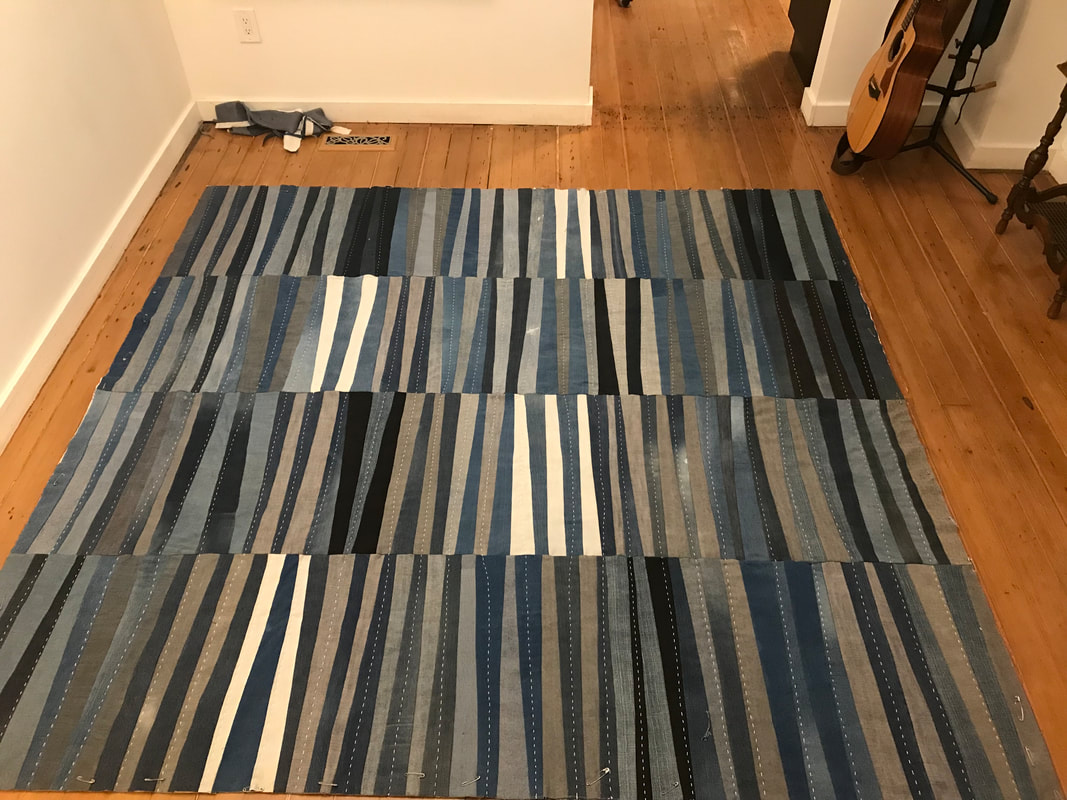The general love-hate relationship came to a fiery finish one summer night four months ago yet I can’t shake thoughts of all the stuff that went up into black, acrid smoke that hung over the East End the next day. Those long aisles thick with petroleum-derived clothing, incinerated. The shelves on top of those aisles crammed with knicknacks, contorting in flames. The baskets would have burst first but would the candles, as accelerants, have melted the glass vases? I would like these images to stop.
 The Hastings/Victoria Value Village linked the communities of Hastings Sunrise, The Drive, and the Downtown Eastside. Until it didn't. (Found photos)
The Hastings/Victoria Value Village linked the communities of Hastings Sunrise, The Drive, and the Downtown Eastside. Until it didn't. (Found photos) Yes, the prices were crazy by the end — you could get the same wine glass for a buck cheaper at the newish dollar stores a few blocks away — and the recent switch-over to self-checkouts led to some comical performance-art moments. But the diverse, unpredictable clientele was generally served well by employees and security guards with the steely nerves of air-traffic controllers.
And yes, this was no mom-and-pop shop but one of more than 300 locations here in Canada, the U.S. and Australia. Savers, Inc. is an international, privately-held company far removed from its original San Francisco thrift shop that opened in an old Mission District theatre in 1954.
To fully appreciate our local loss you would have to go back to 1980 when this Value Village opened, the first one in Canada (near as I can figure; someone please correct me on this). Before that, the only cheap one-stop clothing/housewares store in the vicinity was Zellers, further east up the hill, which used to be Fedco. (Insert Napoleon Dynamite sigh here.) All that changed when the department-sized thrift store opened us up to a whole world of self-expression. We could actually afford to take fashion risks, and they could include long wool coats from the '40s or '50s, '60s glam boots or ’70s caftans — the opposite of the flimsy fast-fashion mall stock that fed the summertime fire. (“I took pride in being alternative,” my youngest sister says. “I was teased by some random teens though.”) It was also an escape of the day, the kids, the worries, where one can mindlessly flip through those racks of clothes like beads on a rosary, with no chance of encountering pushy sales staff.
So I guess this is an overdue obituary, the kind that would be written about someone who was quite the opportunist and just a little creepy but who also opened up the door for us to question the status quo, think creatively, fly our freak flags and mingle with the all-sorts people in the neighbourhood.
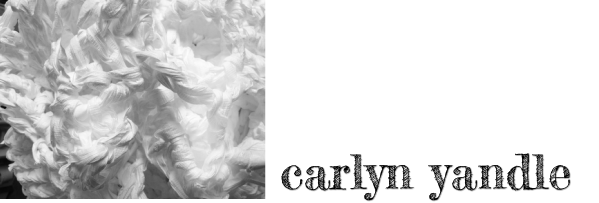
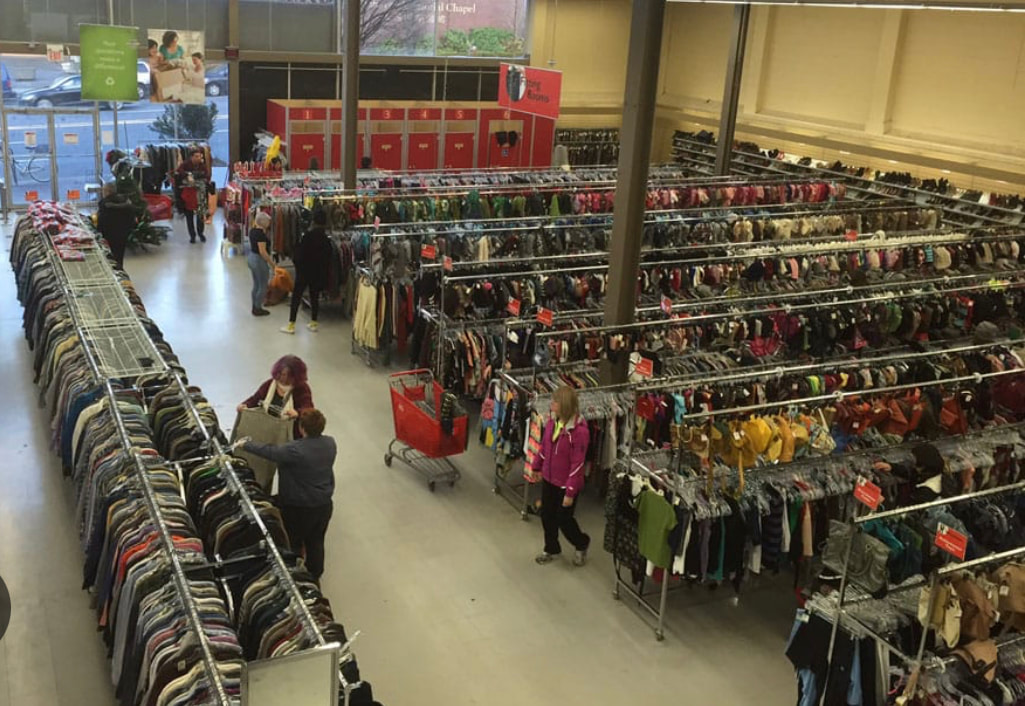
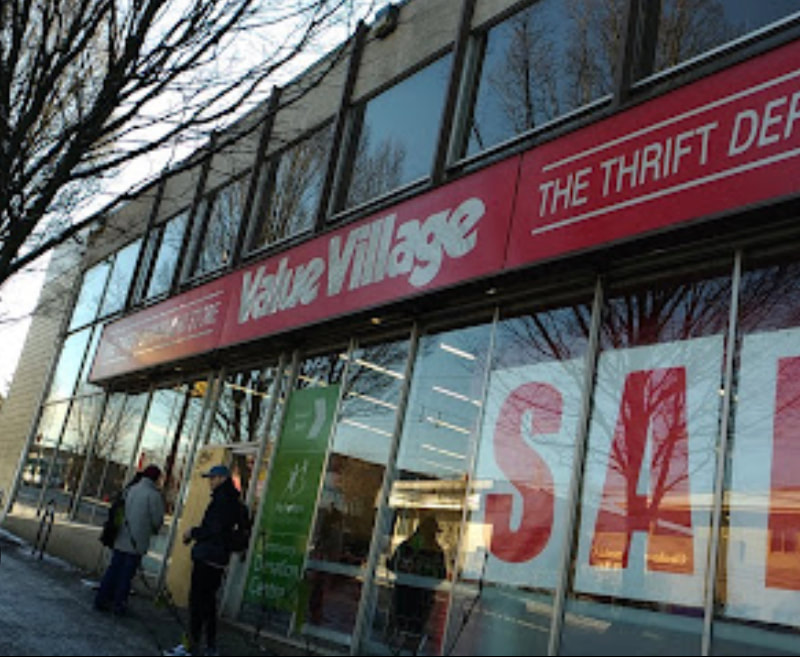
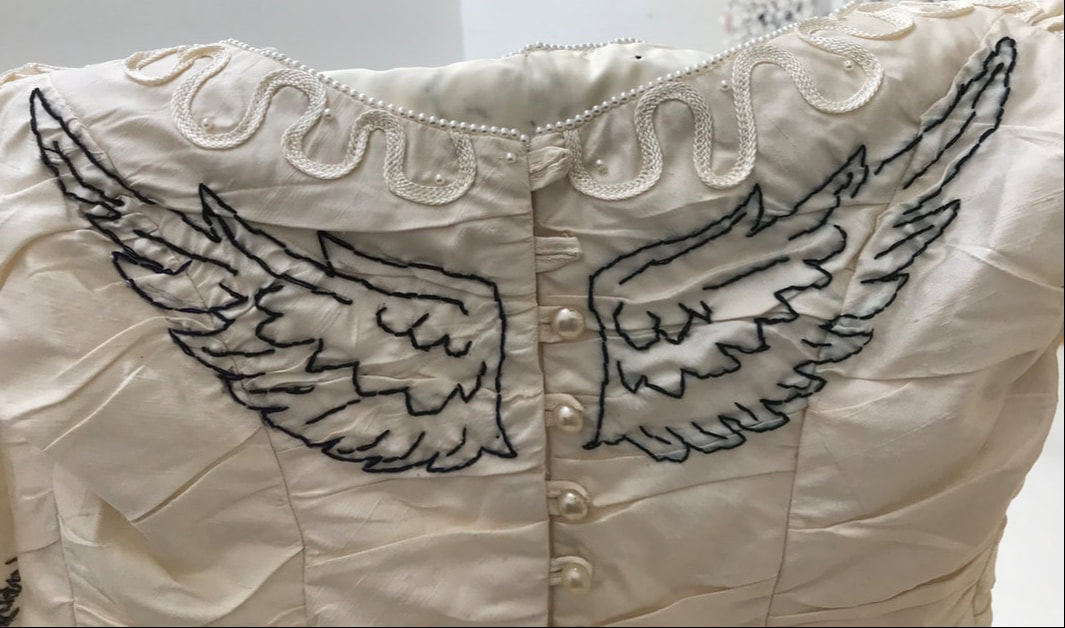
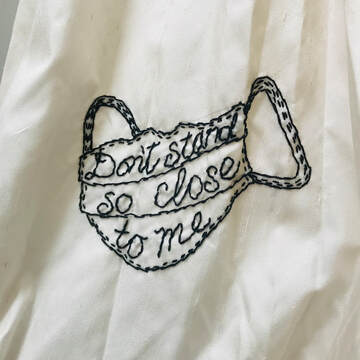
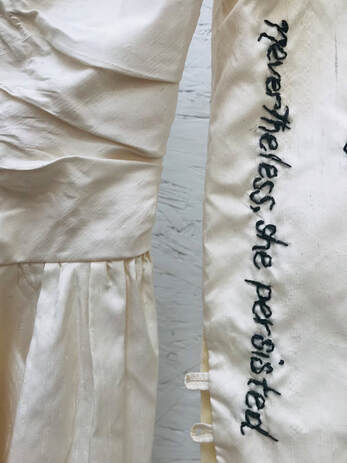
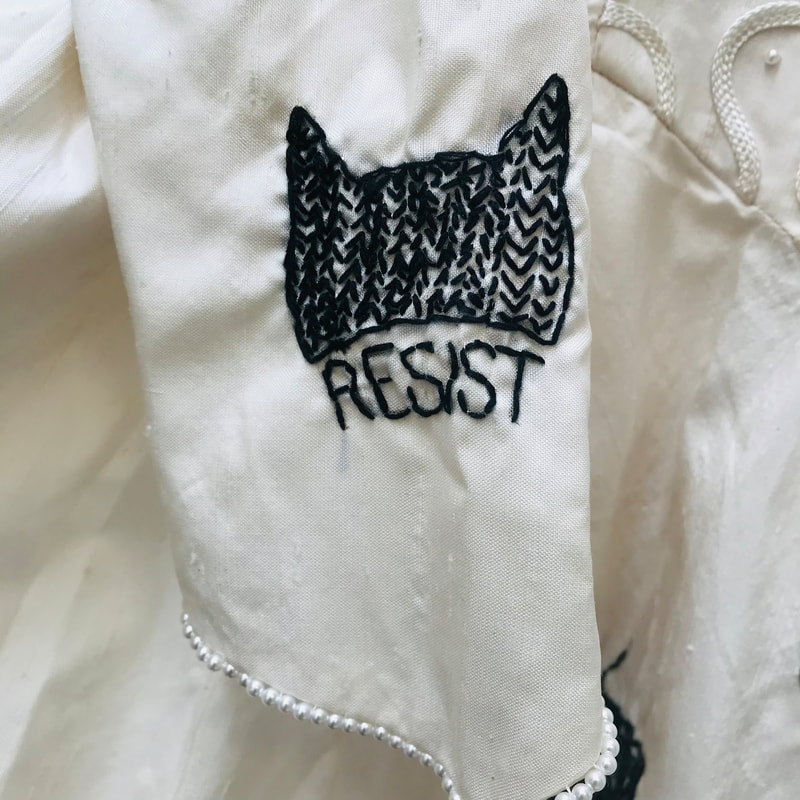
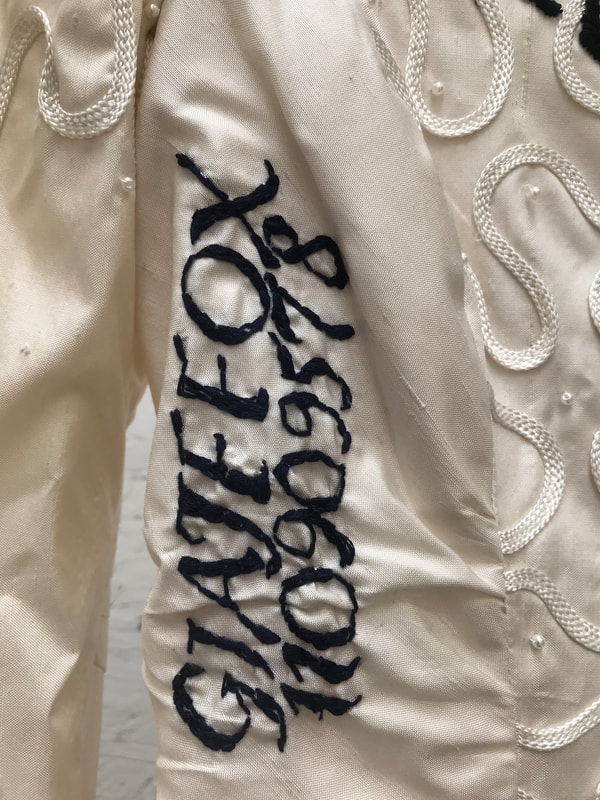
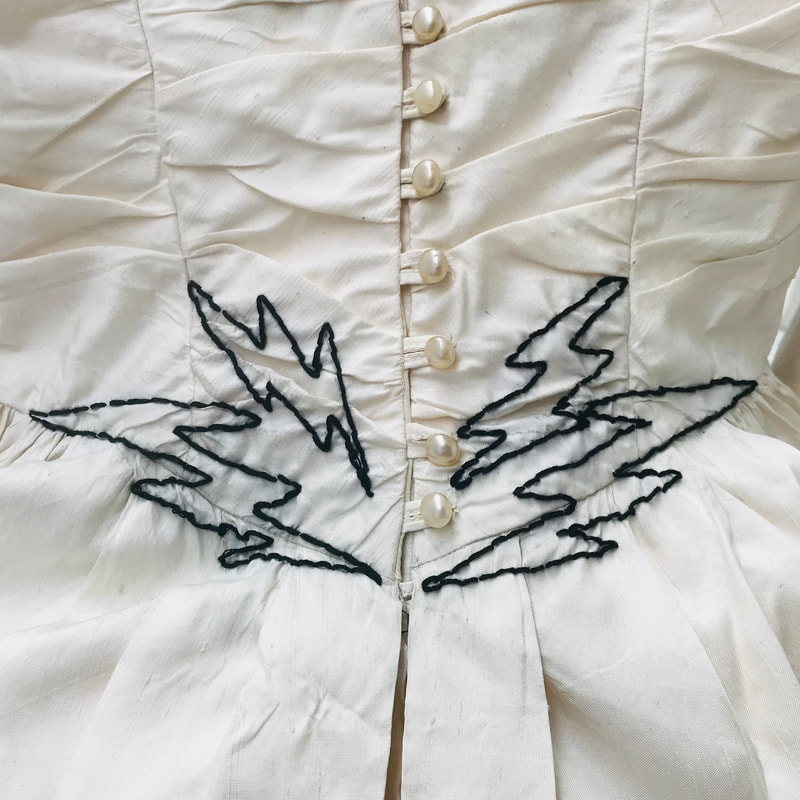
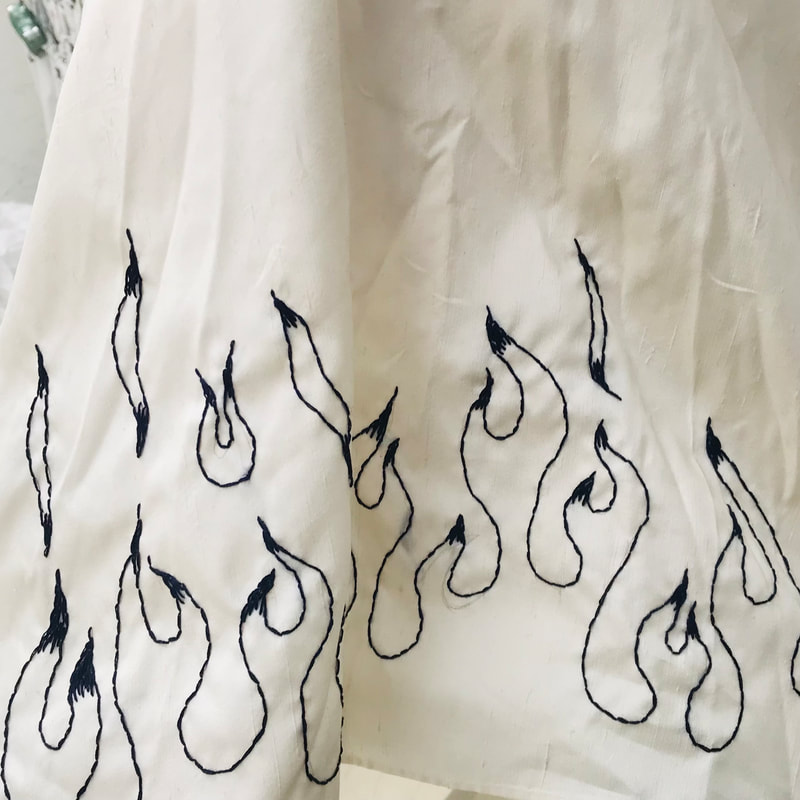
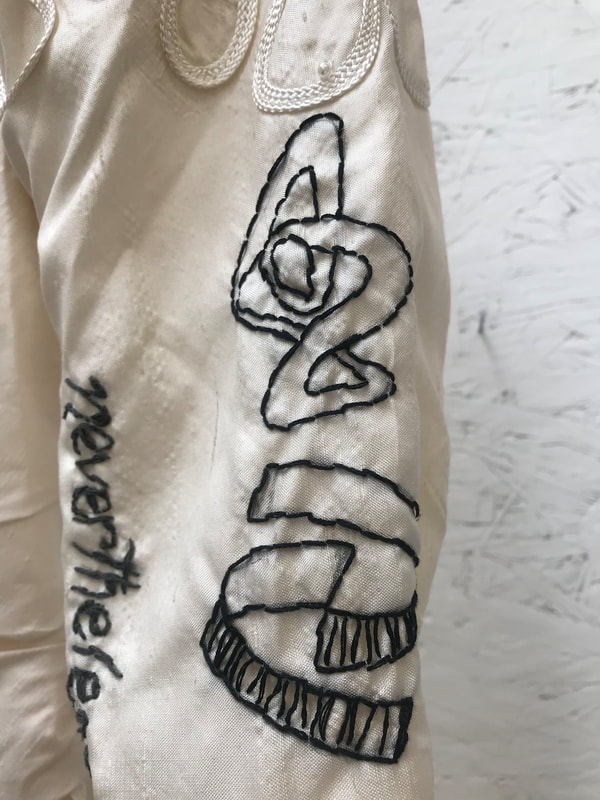
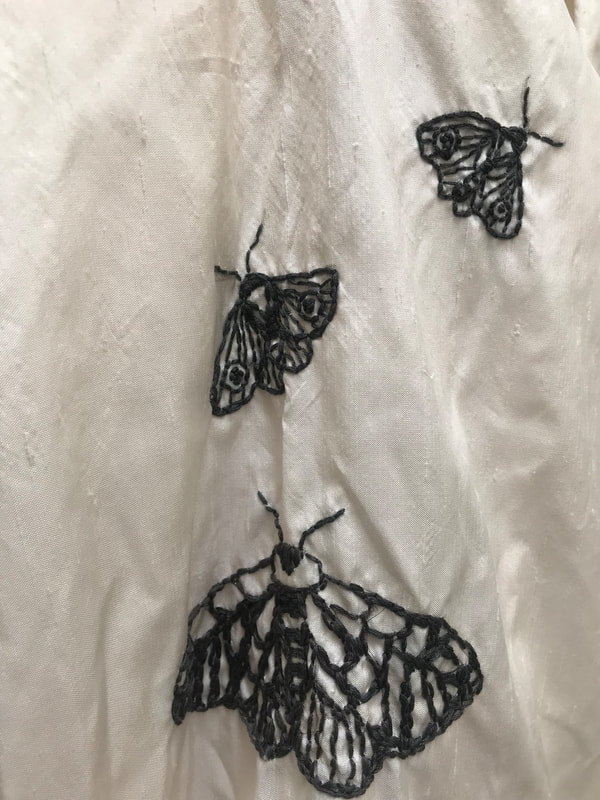
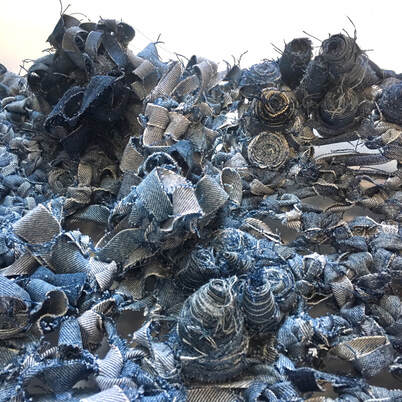
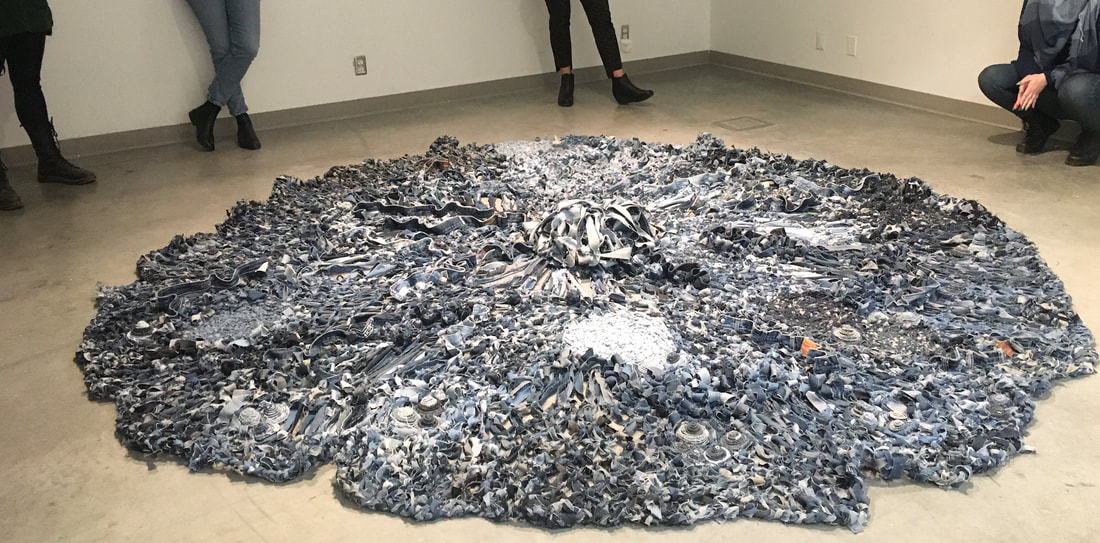
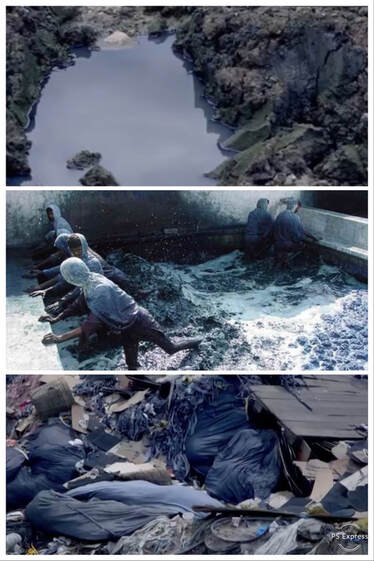
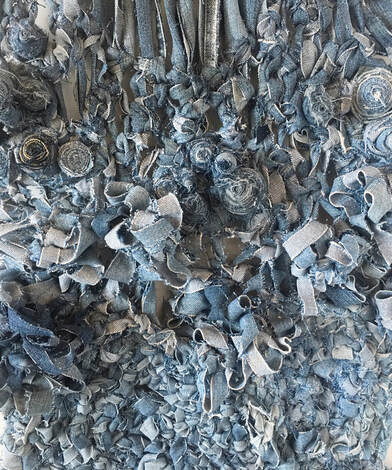
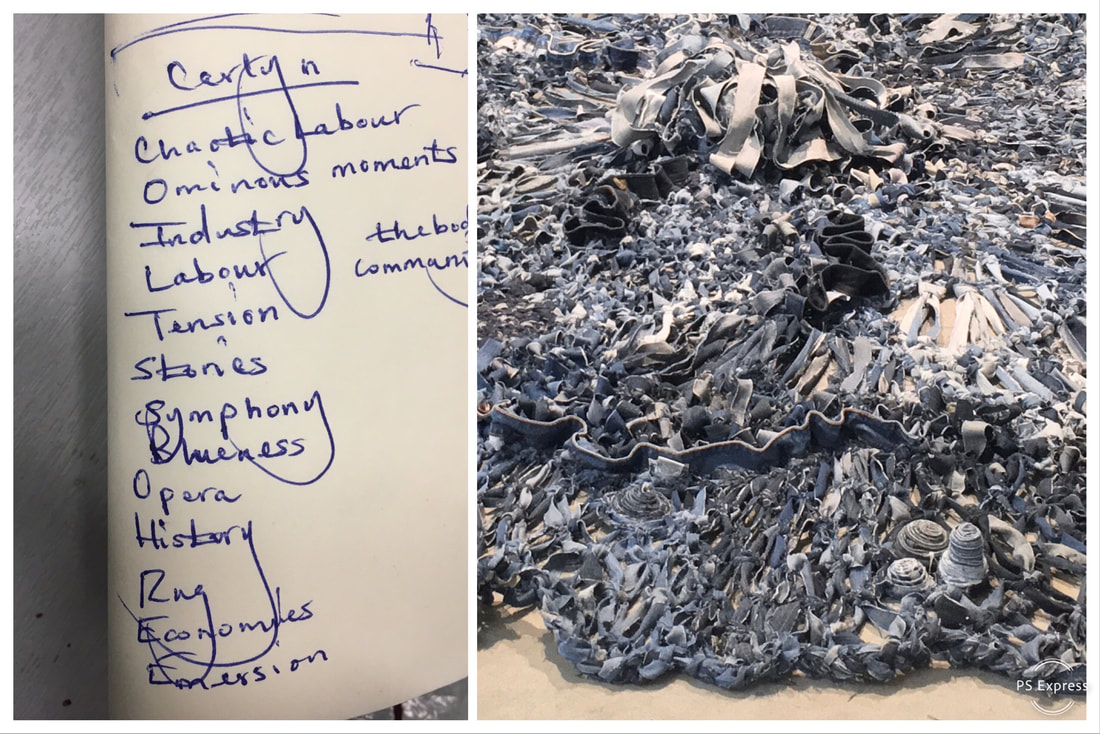
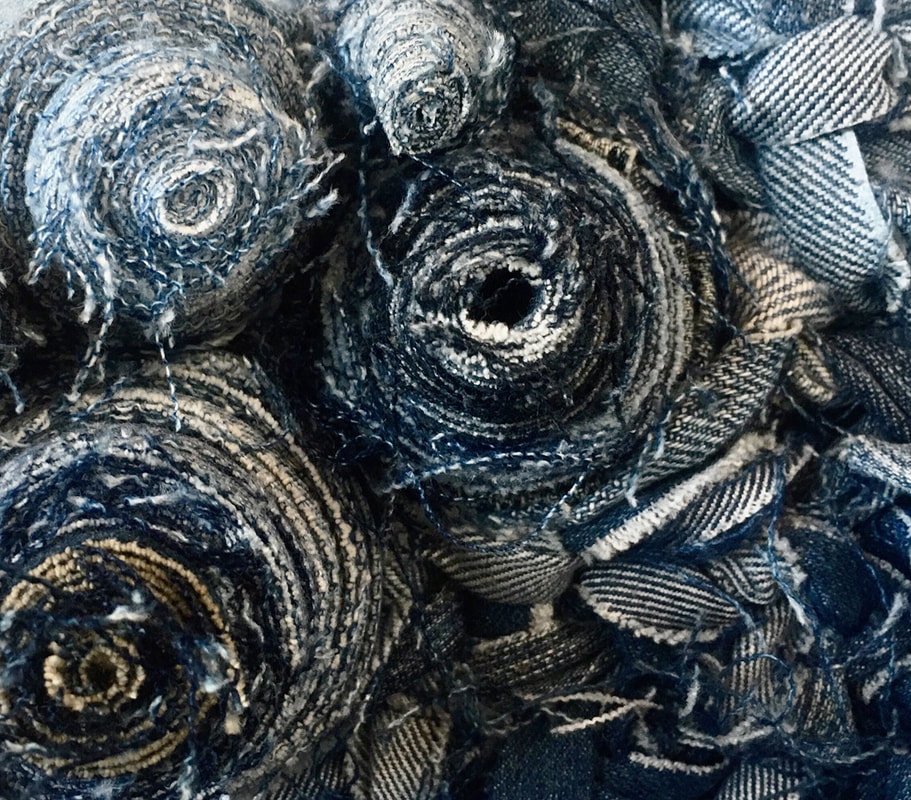
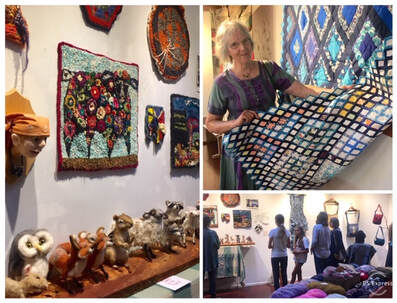
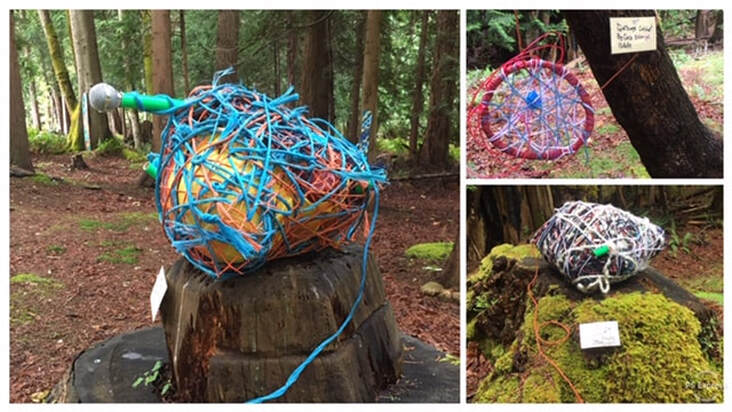
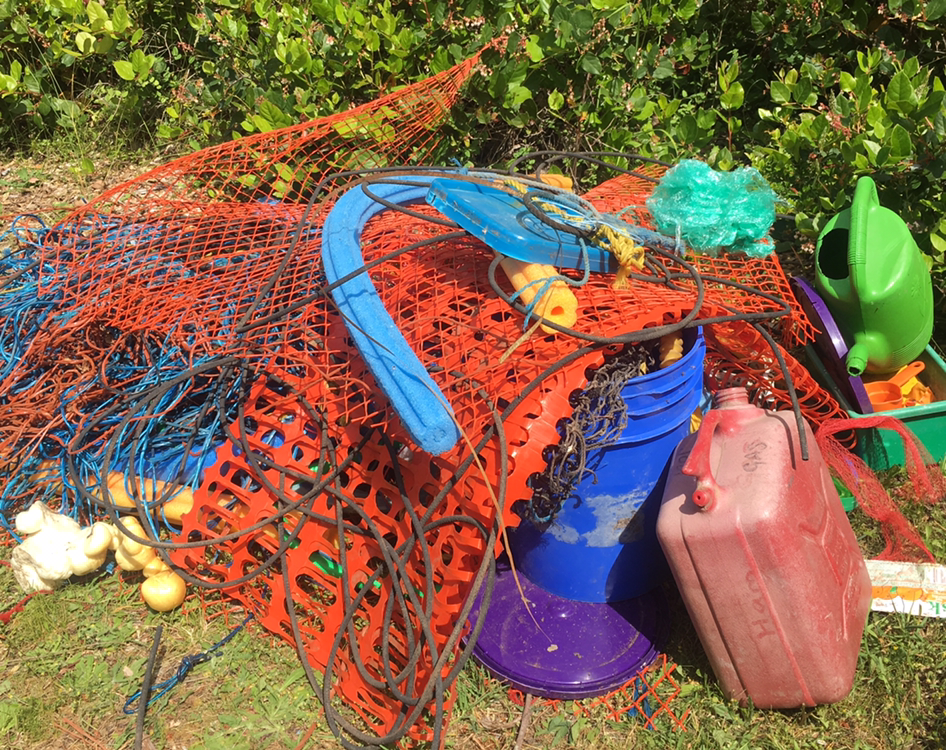
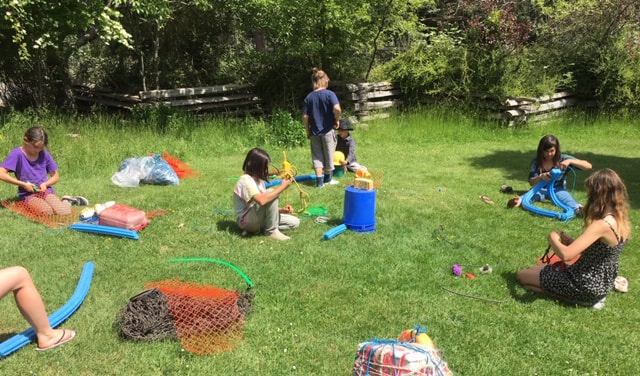
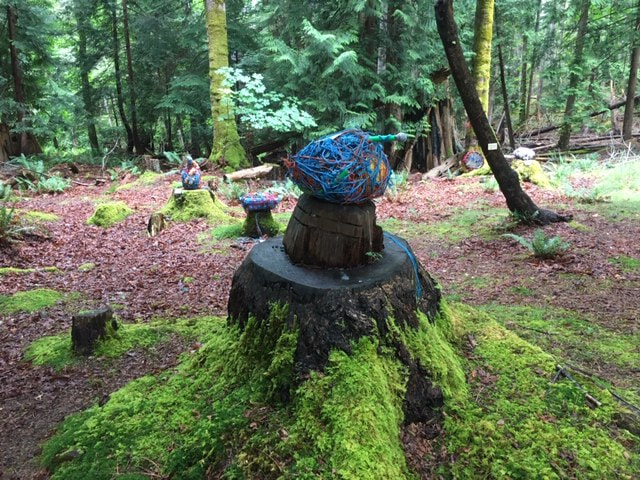
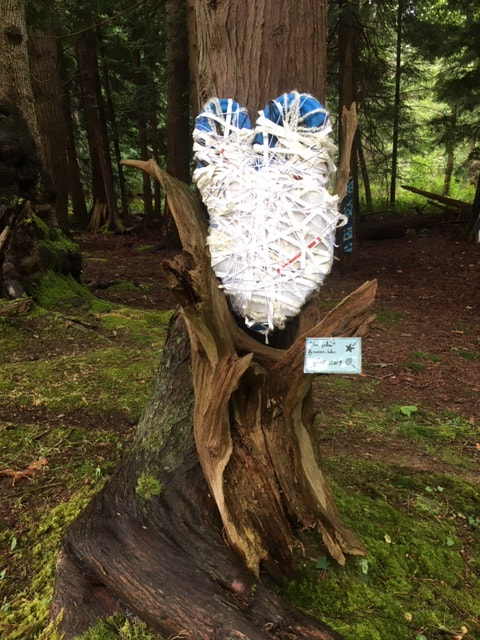
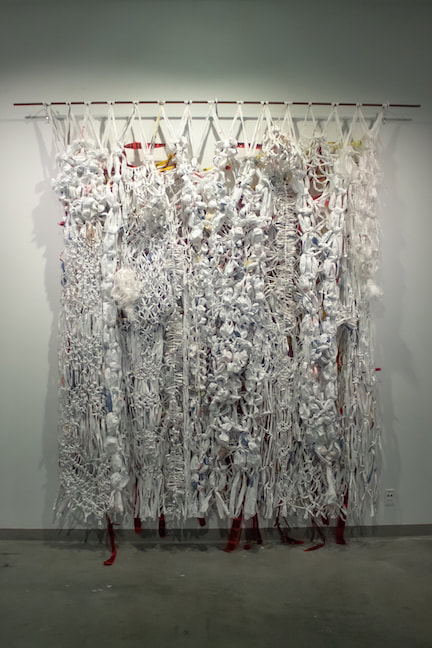
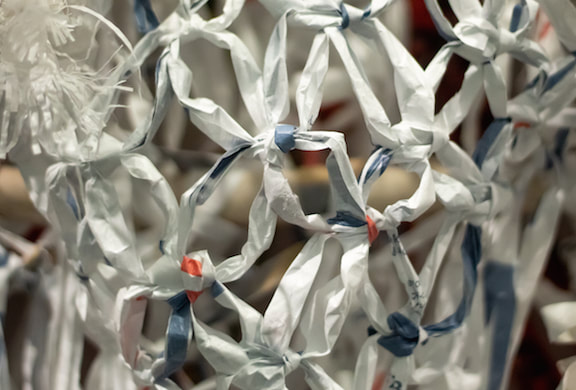
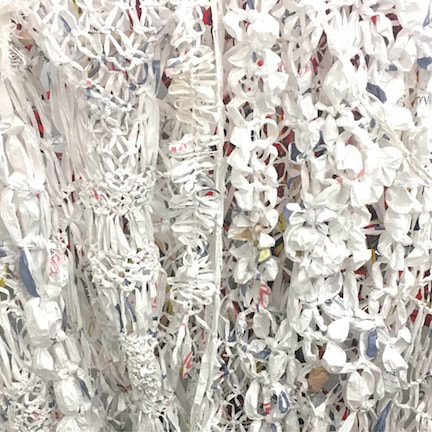
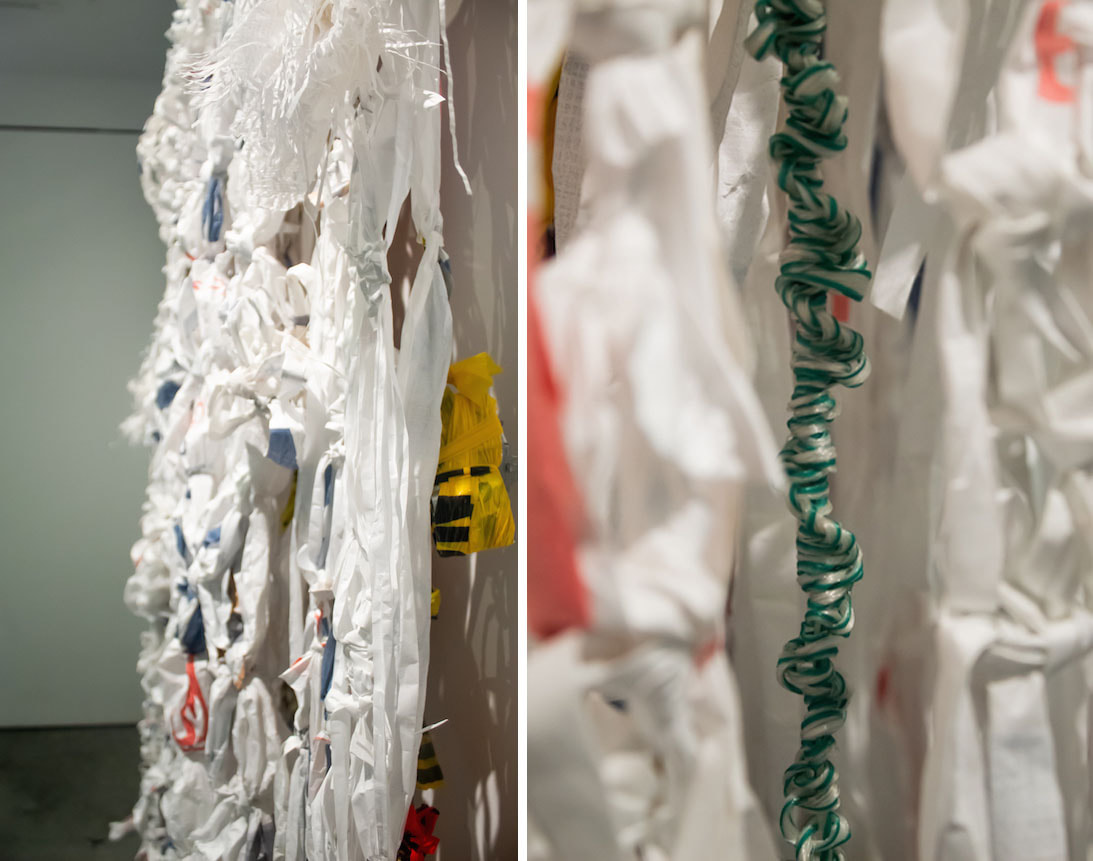
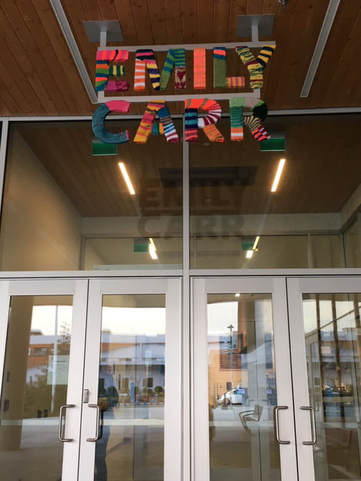
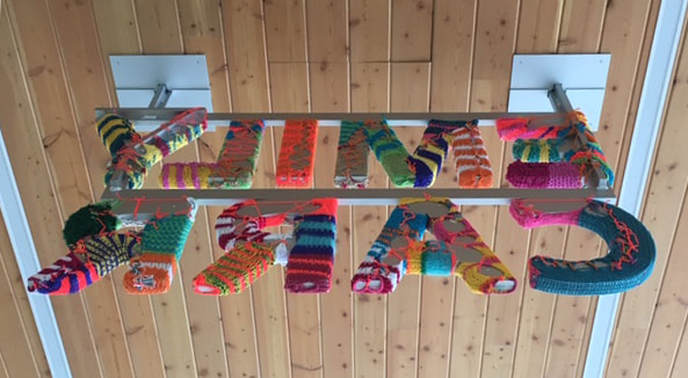
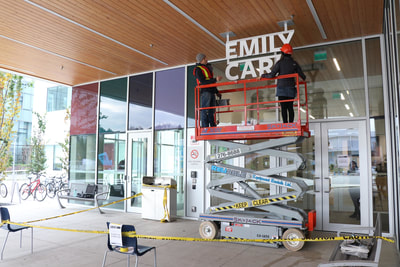
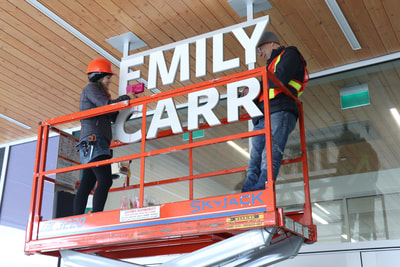
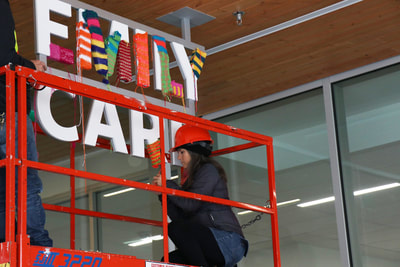
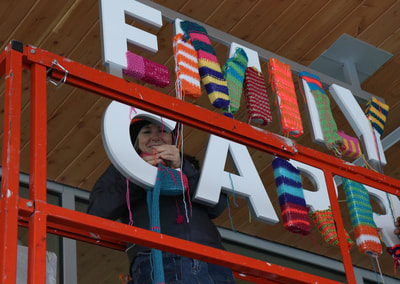
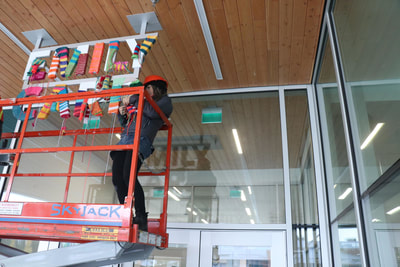
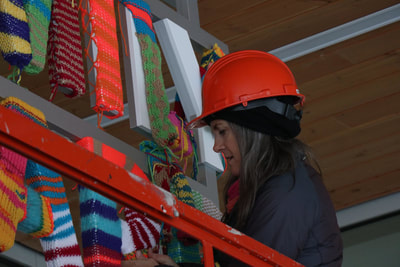
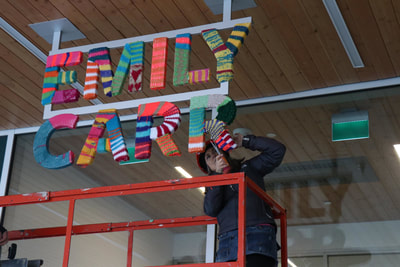
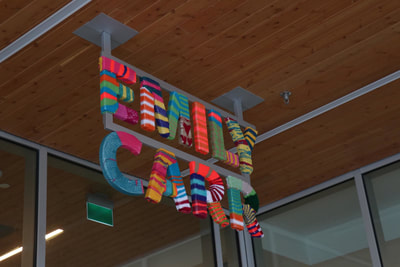
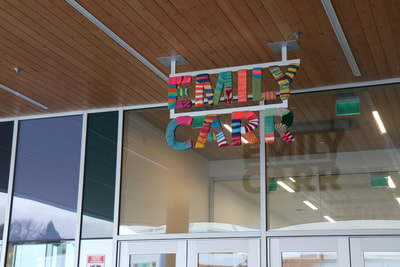
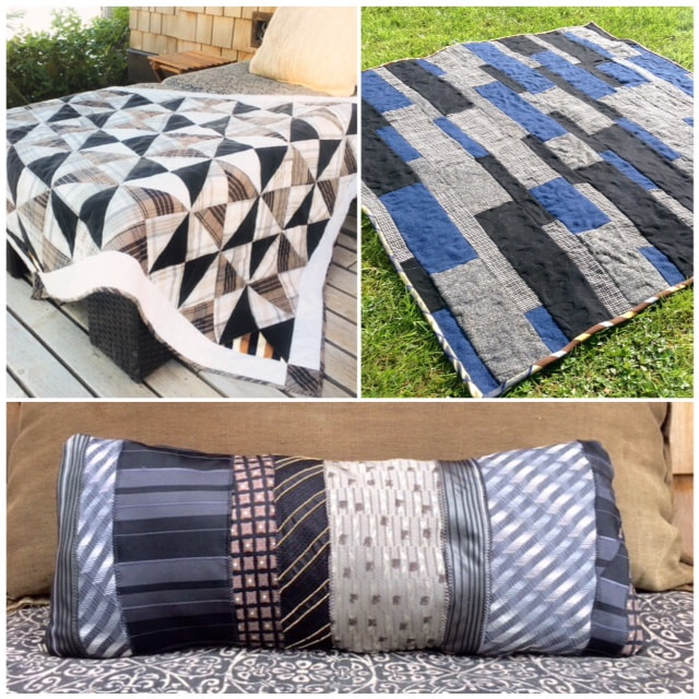
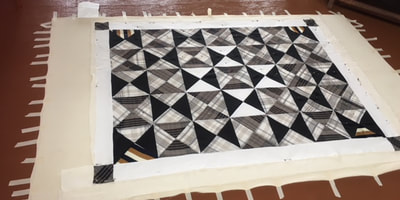

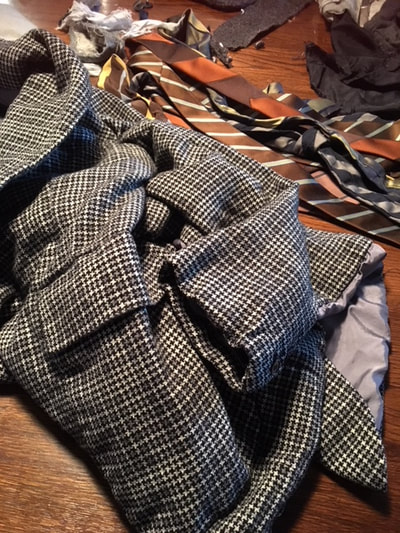
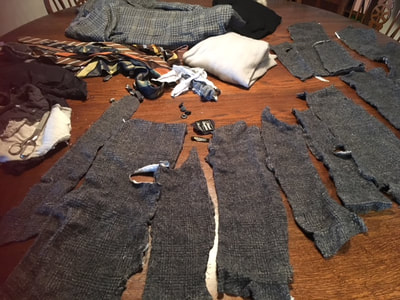
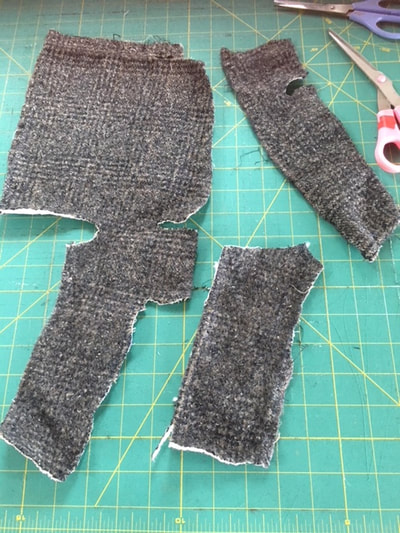
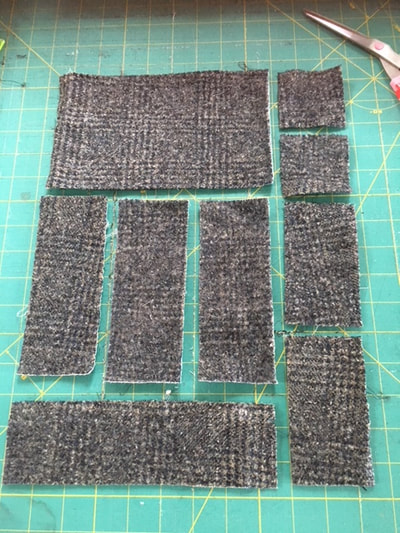
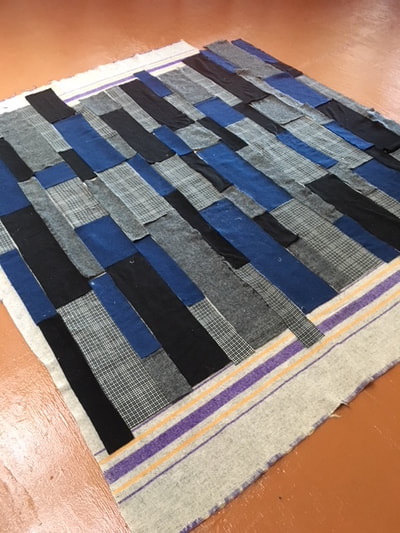
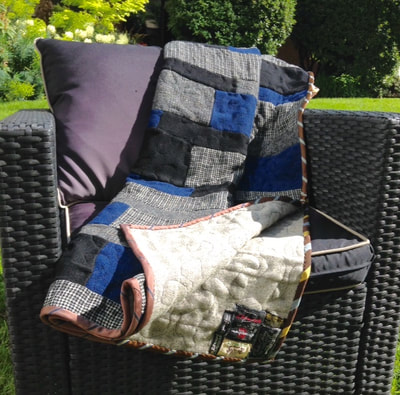
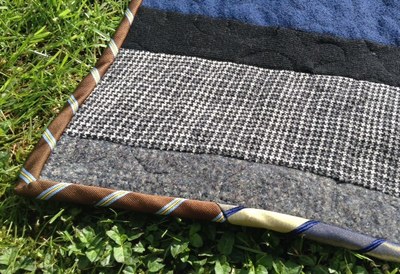
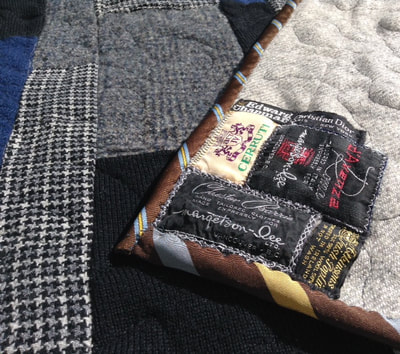
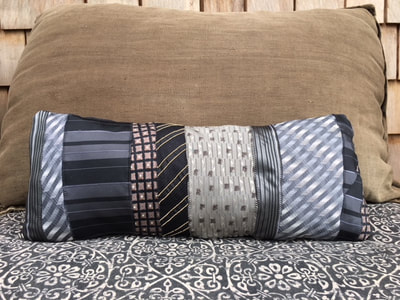
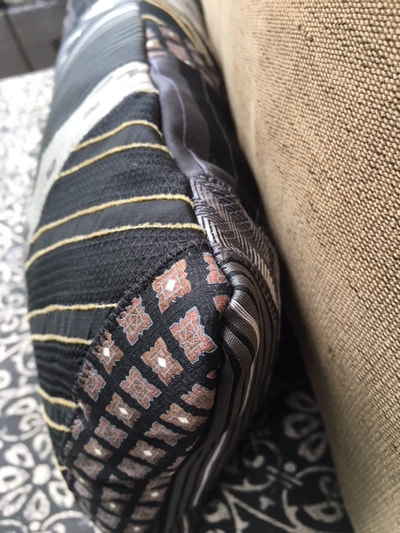
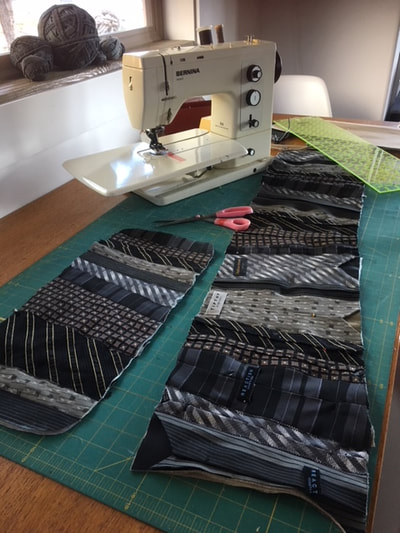
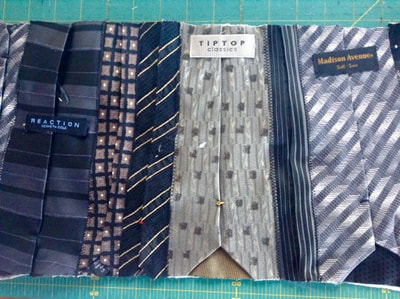
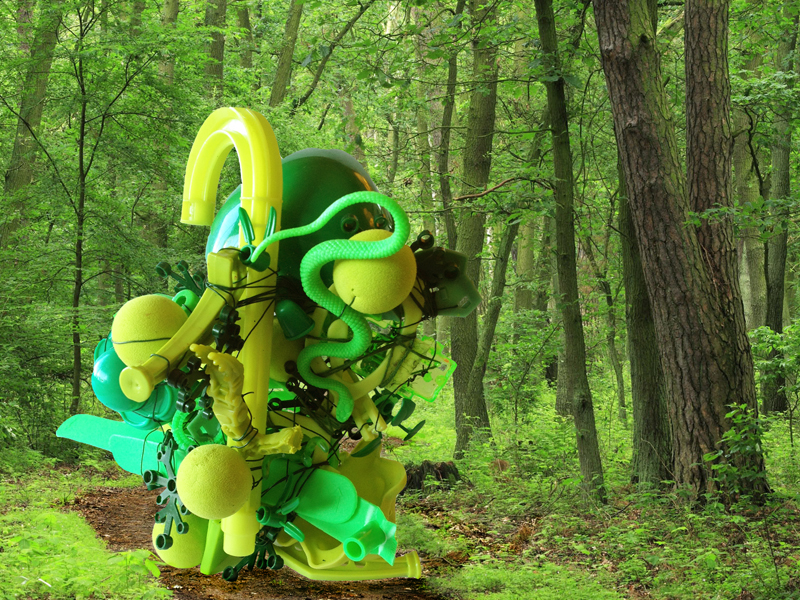
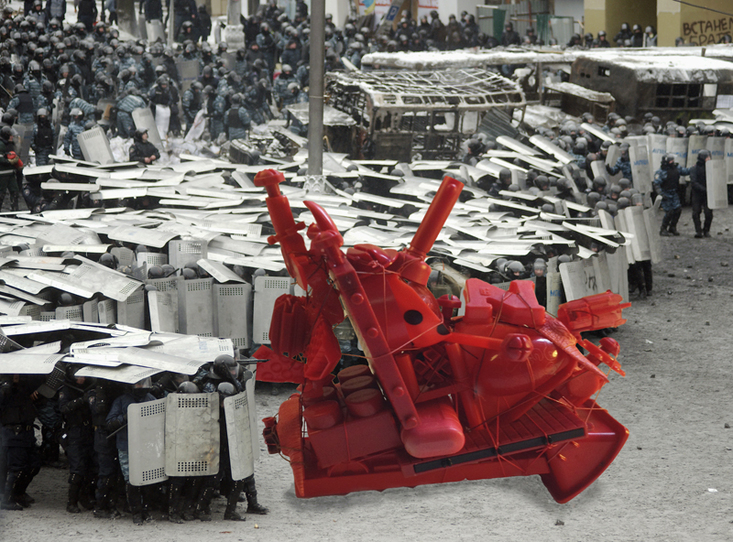
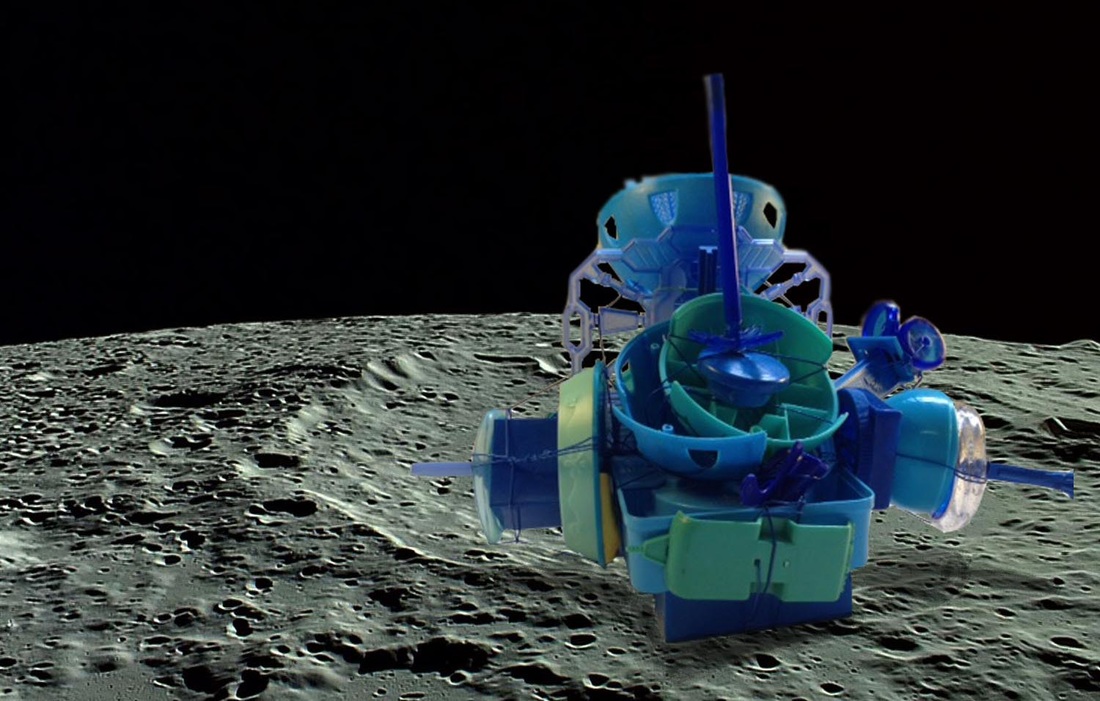
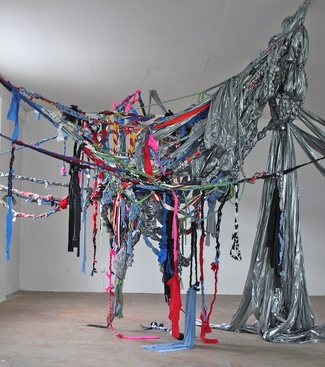
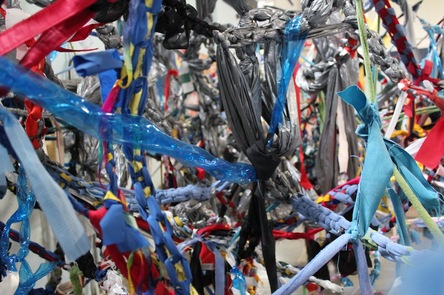
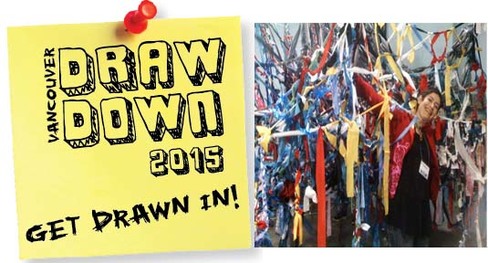
 RSS Feed
RSS Feed

